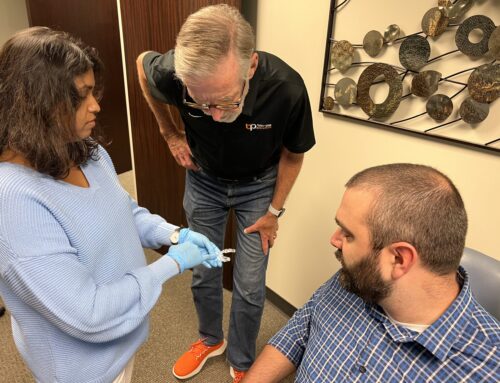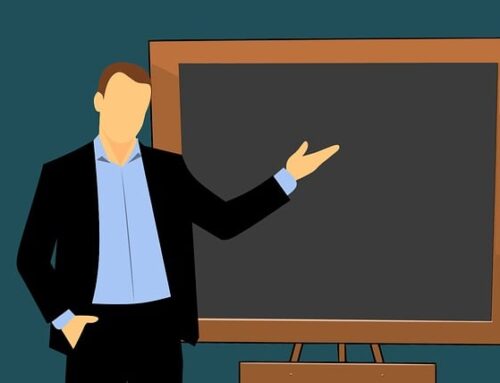Patients can feel discomfort without knowing that the underlying cause might have a dental origin. This can include anything from headaches to jaw pain. And with an estimated 45 million Americans complaining about headaches each year–that’s almost 1 out of every 6 people–it is time to take a stand and complete continuing education as a dentist. By better understanding craniofacial pain, how to treat these condition and how to create a referral network, you can be that solution they need for pain relief. Let’s take a look at the treatment of craniofacial pain and how building a relationship with an appropriate medical professional is important.
Craniofacial pain treatment
There is a large portion of the U.S. population that is not getting treatment they need to overcome their often debilitating disorders. This has created an incredible need for dentists who understand the neuroanatomical relationship within the cranio-cervical area and how to diagnose common pain complaints in the head and neck. But remember, the treatment of craniofacial pain is a team effort.
This team-based care often includes you, the dentist, an ENT, neurologist, physiatrist, physical therapist and psychiatrist. Each specialist plays a role in the diagnosis and treatment of craniofacial pain. However, it is important for the dentist to understand what physicians do in a diagnostic workup and treatment, as well as when it is necessary to refer out. This helps dentists to better understand their role and to fulfill their duties in patient care, as well as establishing referral relationships across various medical specialties.
Establish a Working Relationship with a Medical Professional
Patients will often find themselves in a neurological, primary care, chiropractic, pain management or an ENT’s office when experiencing craniofacial pain. However, these offices are not always be the best place. For example, undiagnosed TMD may be mistaken for different ailments because this condition can often stump many medical practitioners with the wide variety of a crossover of symptoms patients experience.
A patient might complain of TMJ pain, but in reality they are suffering from a disease or infection of the ear, nose or throat. It is also common for a patient to complain of ear pain, but have the pain really be related to an affected TMJ. When this occurs, patients might be in the wrong medical office seeking treatment, or the clinician is frustrated that their prescribed therapy based on symptoms has not helped in resolving a patient’s complaints.
Whether it is neurological or sinus related, you want your patients to get the best care available, and that means joining forces with other medical professionals. From neurologists and otolaryngologists to family practitioners, it is important to create a working relationship with each medical practitioner in order to discuss or refer for diagnosis and management of your patients when further assistance is needed.
By learning how to diagnose and treat craniofacial pain, dentists gain a great power to change their patients’ lives. With great power comes great responsibility for the proper diagnosis and management of pain in and around the mouth, face and neck.





